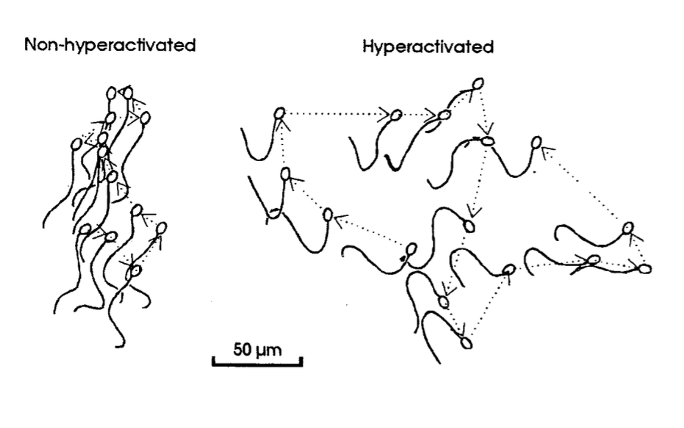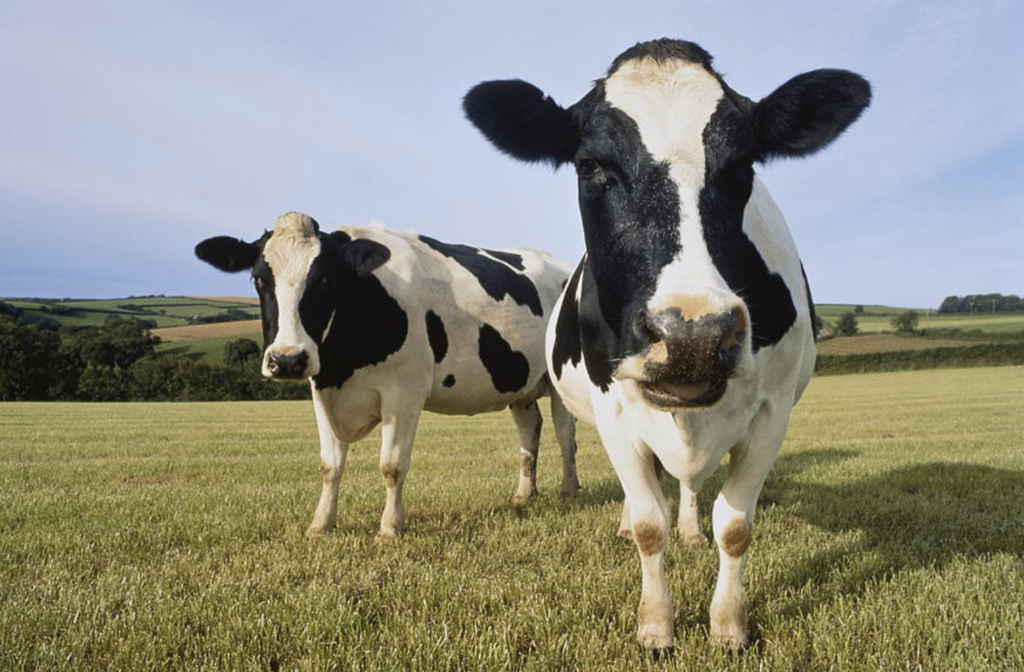With the need to find sustainable ways of breeding cattle, as well as ensuring equal access and distribution of food resources, new scientific methods have been put into place to preserve semen samples and study their reproductive potential after handling (such as freezing and thawing).
- Sperm motility: as expected, most sperm motility parameters were higher in the high quality group as compared to the low quality group. The low quality group was found to present a “hyperactivated-like” motion of pattern. which is a feature that spermatozoa acquire in the female genital tract. In vivo, spermatozoa acquire fertilizing abilities along their trajectory, towards the oocyte. This is considered an indication of sub-fertility.

2. Oxidative stress status of seminal plasma: Oxidative stress parameters of seminal plasma, namely AOPPs and carbonyls were also found to significantly differ between high and low quality groups, more specifically these were in higher concentrations in the high quality group. Although excessive ROS production is usually associated with mitochondrial dysfunction, DNA alterations, membrane permeability and motility impairments, sufficient levels of ROS are required for hyperactivation, capacitation and oocyte-sperm fusion.
Our results contradict other studies, in which higher levels of ROS were associated with decreased motility and quality. In our case, we assumed that the generation of energy for movement (in ATP, through mitochondria), would cause an increase in oxidative phosphorylation of proteins (AOPPs and carbonyls) and subsequently an increase in antioxidant production.
3. Metabolite composition of seminal plasma: This report is one of few to analyze the metabolomic profile of seminal plasma in bulls.
In this study, the score plots revealed a clear clustering between high and low motility groups, demonstrating that there is a definite difference in metabolomic profiles between the two groups. In the loadings plot, 18 metabolites were found to explain the differences seen between both groups, however the specific metabolites responsible for this clustering were not specified in this study (and are the subject to further evaluation, in the continuation of this work). Nevertheless, according to Kumar et al. (2015), citric acid, taurine/tryptamine, leucine and isoleucine were recognized as the most significant seminal plasma metabolites.
Conclusion:
Bull (in)fertility, is a multifactorial trait, with low heritability and a large variation between individuals and species. This study demonstrated the importance of evaluating the composition of seminal plasma in relation to sperm motility and cryopreservation tolerance. Oxidative status parameters (AOPPs, carbonyls and thiols) and metabolomic profiling, could be, together, efficient (in)fertility biomarkers in bulls.
